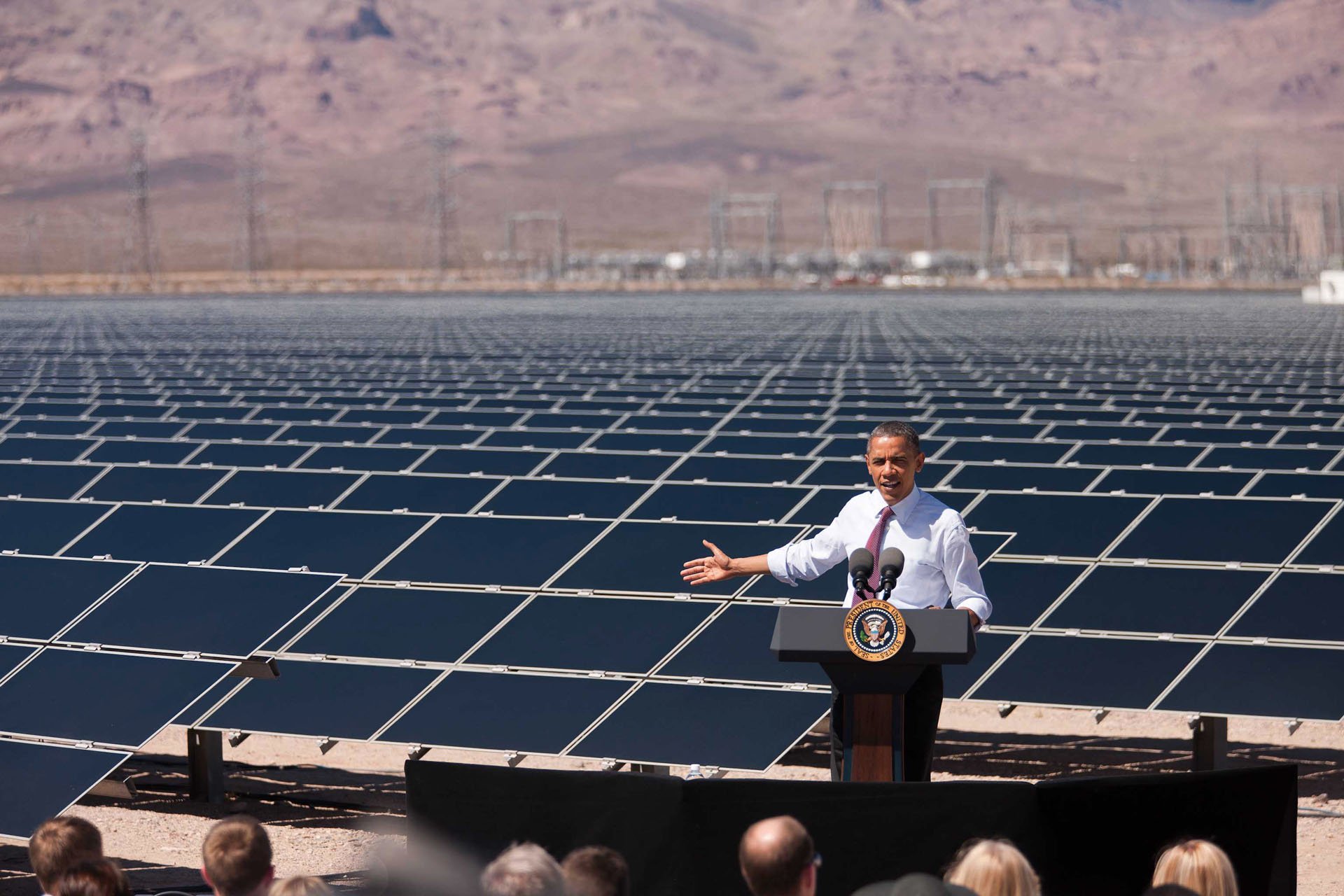
Nevada utility NV Energy has secured approval from the state’s public utility commission for a solar-plus-storage push that could see 1,190MW of PV capacity installed in southern Nevada by January 2024 alongside 590MW of energy storage across three big projects.
The projects comprise a 200MW PV project with a 75MW five-hour battery system being developed by EDF Renewables North America; a 300MW solar array, including a 135MW four-hour battery system, being developed by 8minute Solar Energy; and a 690MW facility, including a 380MWac battery storage system, being developed by Quinbrook Infrastructure Partners in collaboration with Arevia Power.
Enjoy 12 months of exclusive analysis
- Regular insight and analysis of the industry’s biggest developments
- In-depth interviews with the industry’s leading figures
- Annual digital subscription to the PV Tech Power journal
- Discounts on Solar Media’s portfolio of events, in-person and virtual
The project trio and their related energy storage resources will create more than 3,000 unionised construction jobs.
The plans, first unveiled by NV Energy in July, remain largely unaltered by the utilities commission beyond a 10MW trim on the approved overall solar capacity.
Nevada is one of the US’ top solar states, with more than 3.5GW installed so far and more than 4GW more capacity expected in the next five years, according to the Solar Energy Industries Association. In April, a new state law came into effect requiring energy providers to reach 50% renewable energy portfolio standard by 2030.
This story first appeared on our sister site PV Tech.






